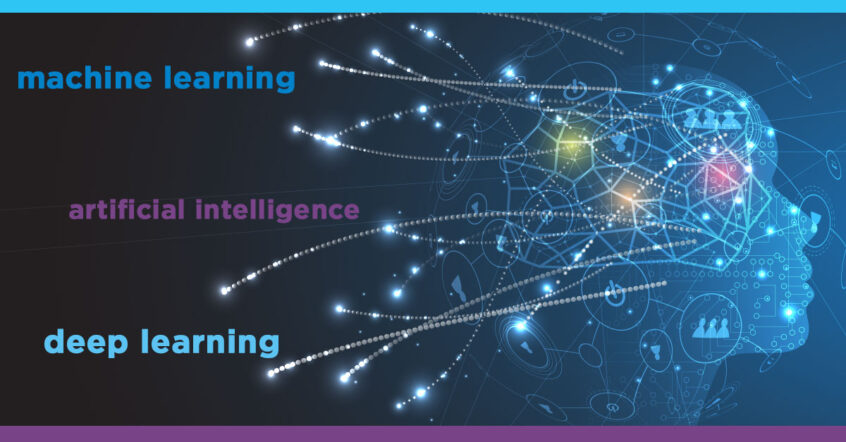Machine Learning (ML) and Artificial Intelligence (AI) are the buzzwords of the 21st century. These technologies are advancing rapidly, and their application in various fields is becoming increasingly common. In this blog, we will discuss the latest advancements in the field of AI and ML, focusing on deep learning and popular ML frameworks such as TensorFlow, Keras, and PyTorch. We will also explore the implications of these advancements and their impact on the world.
Latest Advancements in AI and ML:
AI and ML are continuously evolving, with new advancements emerging every day. Some of the latest developments in the field include:
- Deep Learning: Deep learning is a subset of ML that uses neural networks with multiple layers to analyze and interpret complex data. This technology has revolutionized image recognition, natural language processing, and speech recognition. Deep learning is also being used to develop autonomous vehicles and drones.
- Generative Adversarial Networks (GANs): GANs are a type of neural network that can generate new data by learning from existing data. This technology has applications in image and video synthesis, text-to-image conversion, and even music composition.
- Reinforcement Learning: Reinforcement learning is a type of ML that involves training an agent to make decisions in an environment based on rewards and punishments. This technology is being used to develop autonomous robots and intelligent game AI.
ML Frameworks:
There are several popular ML frameworks, each with its own strengths and weaknesses. The most commonly used ML frameworks include TensorFlow, Keras, and PyTorch.
- TensorFlow: TensorFlow is an open-source platform for building ML models. It was developed by Google and is widely used for image recognition, speech recognition, and natural language processing. TensorFlow is known for its scalability, allowing developers to train ML models on large datasets.
- Keras: Keras is a high-level neural networks API, written in Python, that runs on top of TensorFlow, CNTK, or Theano. Keras is easy to use and allows developers to build and experiment with different neural network architectures quickly.
- PyTorch: PyTorch is an open-source machine learning framework developed by Facebook’s AI research group. It is known for its flexibility and ease of use. PyTorch is often used for research purposes and is popular among academic institutions.
Implications and Impact:
The advancements in AI and ML are already having a significant impact on the world. AI and ML technologies are being used in various industries, including healthcare, finance, and transportation, to improve efficiency and accuracy. They are also being used to develop autonomous vehicles, robots, and drones.
The ethical implications of AI and ML are also becoming increasingly important. There is a growing concern about the potential for bias in AI algorithms, which could lead to discrimination against certain groups. Additionally, there are concerns about the potential for AI and ML to replace human workers in certain industries.
Conclusion:
In conclusion, AI and ML are rapidly evolving technologies that are changing the world in profound ways. The latest advancements in deep learning, GANs, and reinforcement learning are enabling new applications and use cases for AI and ML. Popular ML frameworks such as TensorFlow, Keras, and PyTorch are making it easier for developers to build and experiment with different ML models. As these technologies continue to advance, it will be essential to address their ethical implications and ensure that they are used responsibly to benefit society as a whole.












